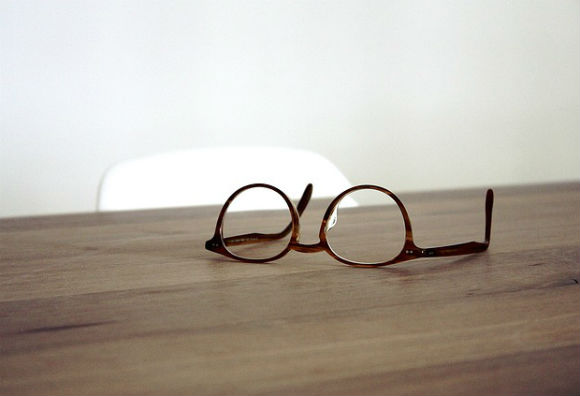School could be damaging your eyesight
- 07 Jun 2018
Time to put down the textbooks and get outside?

Every year of education increases short sightedness, a new UK study has found.
Bristol and Cardiff universities found that there was an increase in “myopic refractive error of ‑0.27 dioptres” per year. This suggests that a UK university graduate with 17 years in education would, on average, be one dioptre more myopic (basically, one level up on the short sighted scale) than an individual who left school at 16 with 12 years of education.
This difference in myopia severity is enough to blur vision for driving below legal standards.
Dr Denize Atan, Consultant Senior Lecturer in Ophthalmology at the Bristol Medical School: Translational Health Sciences and Honorary Consultant in Neuro-ophthalmology at the Bristol Eye Hospital, who co-led the research with Professor Jez Guggenheim from Cardiff University School of Optometry & Vision Sciences, said: “Our study provides strong evidence that length of time spent in education is a causal risk factor for myopia.
“With the rapid rise in the global prevalence of myopia and its vision-threatening complications, together with the economic burden of visual loss, the findings of this study have important implications for educational practices.
Other research has associated higher light exposure with lower myopia risk, and it is possible that individuals who spend more time in education have less exposure to natural light. “Near work” activities, such as reading, have been associated with myopia, although not as consistently as lack of time spent outdoors.
“Axial eye growth happens mainly during school years and since levels of myopia tend to even out in adulthood, any interventions to stop or prevent myopia need to be given in childhood. Policymakers should be aware that the educational practices used to teach children and to promote personal and economic health may have the unintended consequence of causing increasing levels of myopia and later visual disability as a result.”
Exactly how increasing levels of education cause short sightedness is uknown, although there are possible clues from environmental risk factors. Children from developed East and Southeast Asian countries regularly say that they spend less time outdoors than children from Australia or the US and studies have shown that more time spent outdoors during childhood protects against the development of myopia.
Other research has associated higher light exposure with lower myopia risk, and it is possible that individuals who spend more time in education have less exposure to natural light. “Near work” activities, such as reading, have been associated with myopia, although not as consistently as lack of time spent outdoors.
Children with myopia are also less likely to do physical activity, such as sports, but it is not thought that physical activity protects against myopia. The progression of myopia is faster in winter months, which supports the theory that exposure to natural light is important.
News
- Brexit could cost 50,000 manufacturing apprenticeships
- Average employee spends over six working days a year slagging off their boss
- Almost two thirds of the UK’s biggest employers are planning Degree Apprenticeships to coincide with the Apprenticeship Levy
- Apprentices are three times more entrepreneurial than the average young person
- A-Level & GCSE Results Day 2020 - key questions answered
- How UK school leavers choose their university
- People are calling for changes to Degree Apprenticeships
- Students base University choices on Online Reputation, apparently
- Young UK workers say they lack key skills compared to their European counterparts
- A-levels: proportion of students in England getting C or above falls